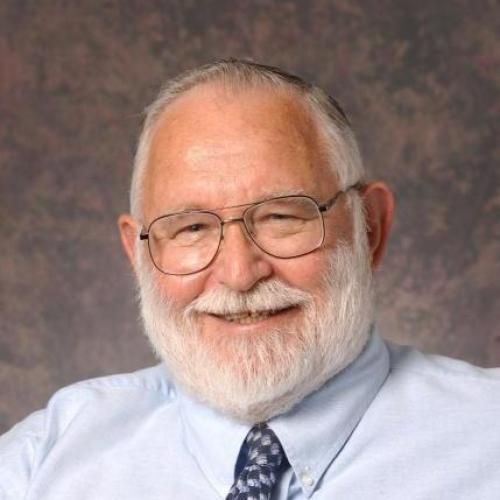
The low-light reduction in the quantum yield of photosynthesis: potential errors and biases when calculating the maximum quantum yield.
Photosynthesis-irradiance (P-E) curves are widely used to describe photosynthetic efficiency and potential. Contemporary models assume maximal photosynthetic quantum yield (phi) at low irradiances. But P-E observations made with both oxygen evolution and carbon uptake techniques show that this is not always the case. Using new and published data in conjunction with modeling exercises, we demonstrate that regardless of the mechanism there can be reductions in phi at low irradiances that are not readily observable using conventional P-E analyses. We also show that analytical errors, such as inaccurate estimation of dark oxygen consumption or carbon uptake, can markedly affect the structure of phi-E curves with negligible effect on P-E curve structure. Whether from respiration ;corrections' or other mechanisms, these deviations in phi at low light levels from the maximum quantum yield of photosynthesis (phi(max)) can lead to significant errors (> 50%) in the estimation of the linear portion of the P-E curve and ultimately phi(max). Non-linear models of P-E, such as the rectangular hyperbola, quadratic, exponential and hyperbolic tangent that are commonly used to estimate the initial slope (alpha) of the P-E curve assume that phi is maximal at low light levels and therefore can err in the estimation of phi(max) when phi is reduced at low light levels. Using a diverse data set of 622 P-E curves with a total of 7623 points, we show that although model skills are high (r (2) = 0.96 +/- 0.05, 0.97 +/- 0.04, 0.97 +/- 0.04 and 0.97 +/- 0.04, respectively), a large fraction of the model-predicted phi(max) differ by greater than 10% from true phi(max) values (91%, 50%, 82% and 46%, respectively). Data from these observations and modeling exercises lead us to suggest that phi(max) be determined by directly estimating the true maximum of a phi-E curve rather than using the more conventional methodology employing the initial slope of the P-E curve.
Duke Scholars
Published In
DOI
EISSN
ISSN
Publication Date
Volume
Issue
Start / End Page
Related Subject Headings
- Plant Biology & Botany
- 3108 Plant biology
- 3101 Biochemistry and cell biology
- 0607 Plant Biology
- 0604 Genetics
- 0601 Biochemistry and Cell Biology
Citation

Published In
DOI
EISSN
ISSN
Publication Date
Volume
Issue
Start / End Page
Related Subject Headings
- Plant Biology & Botany
- 3108 Plant biology
- 3101 Biochemistry and cell biology
- 0607 Plant Biology
- 0604 Genetics
- 0601 Biochemistry and Cell Biology


